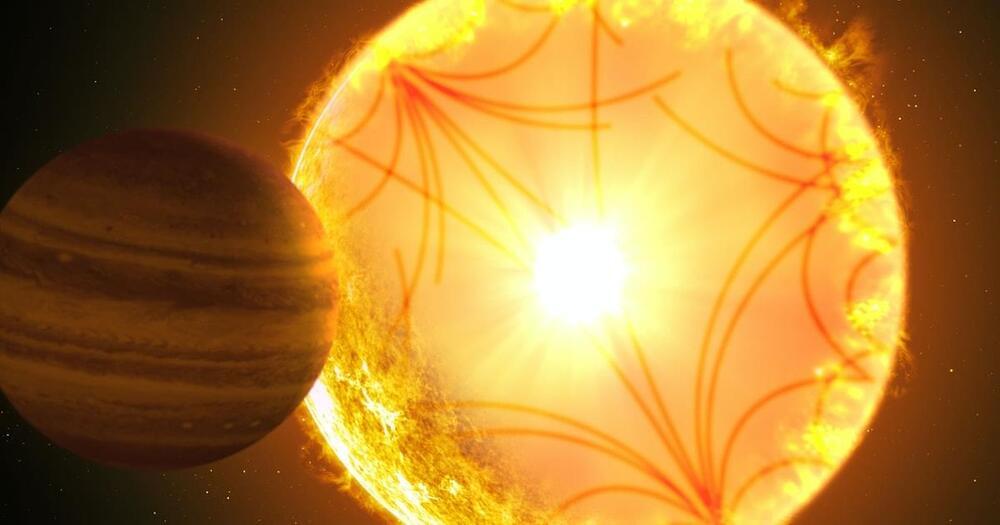Kepler-1658b’s orbit is getting a little shorter — and therefore a little closer to the blazing surface of its star — every year.
Finding doomed planets is slow, painstaking work. It took thirteen years of close observation — first with Kepler and some of the most powerful telescopes here on Earth, and then with NASA’s Transiting Exoplanet Survey Satellite (TESS), which launched in 2018 — to notice the slow shrinking of Kepler-1658b’s orbit. Recognizing the signs of deadly orbital decay in other exoplanets is going to take a similar amount of time and a similar volume of data, but Vissapragada and his colleagues say they’re getting there.
“We should begin to see hints of orbital decay for these planets within the next decade,” he and his colleagues write in their recent paper.
As for Kepler-1658b, it’s got about 2.5 million years left. When the time comes, whoever is watching (from whatever alien world harbors astronomers in the distant future) won’t see the planet simply fall into the star’s outer layers and burn up, like a meteor falling into Earth’s atmosphere. Instead, the same tidal forces that sealed its fate will probably rip the planet apart shortly before it takes the final plunge. Something similar probably happened to long-dead moons of planets like Saturn, which now make up parts of the planet’s famous ring system.
